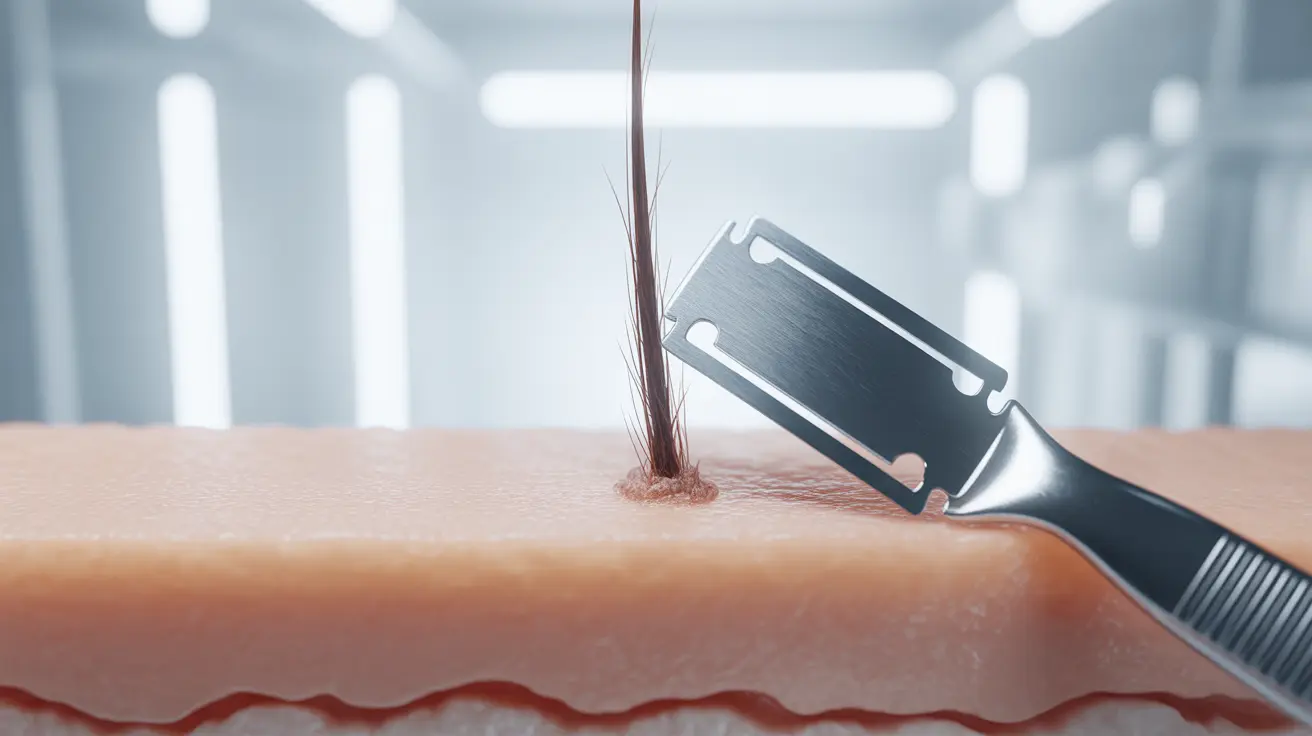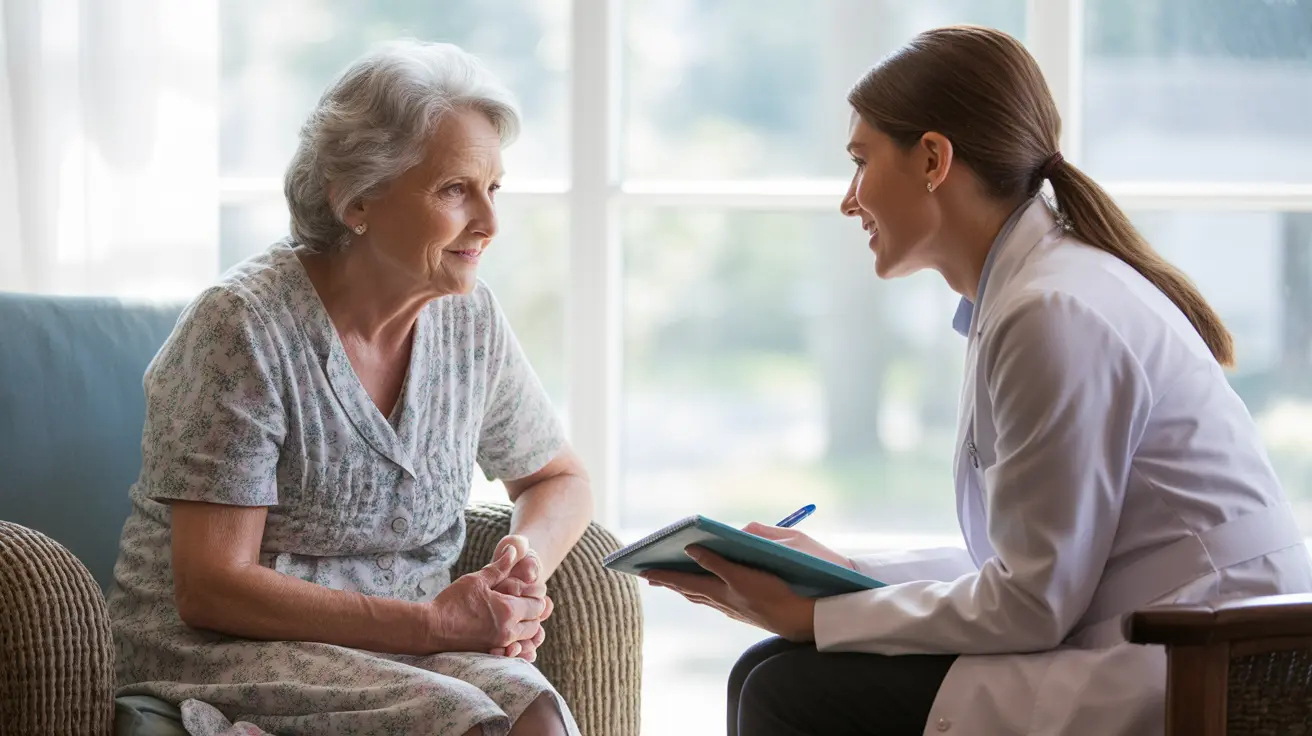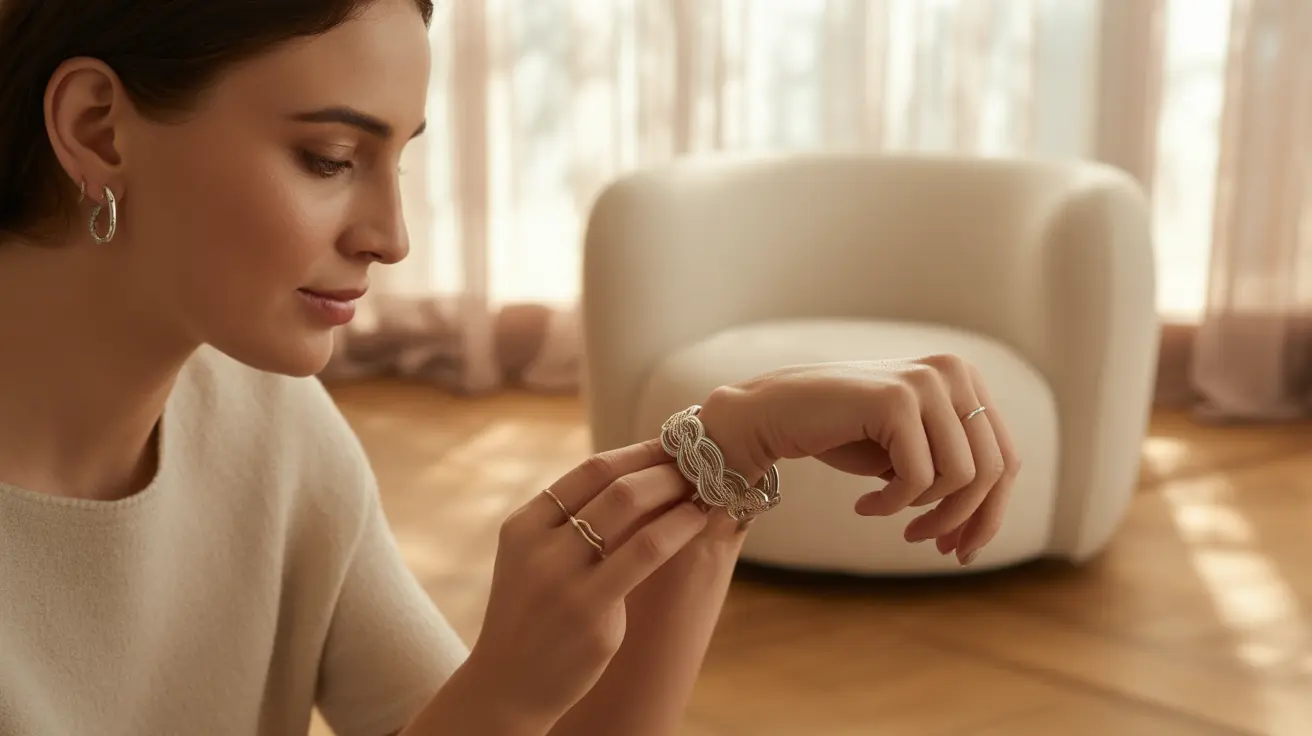Dry eyes during menopause can be an uncomfortable and frustrating symptom that affects many women. As hormone levels fluctuate during this life transition, the eyes' natural tear production and quality can be significantly impacted. Understanding which eye drops work best for menopausal dry eyes is crucial for finding relief and maintaining eye health.
In this comprehensive guide, we'll explore the most effective eye drops for managing menopause-related dry eyes, understand how hormonal changes affect eye health, and discuss important lifestyle modifications that can help alleviate symptoms.
Understanding Menopausal Dry Eyes
During menopause, declining estrogen levels can affect the production and quality of tears, leading to chronic dry eye symptoms. The tear film, which consists of water, oil, and mucus layers, may become imbalanced, resulting in increased eye discomfort, irritation, and vision problems.
Types of Eye Drops for Menopausal Dry Eyes
Preservative-Free Artificial Tears
These eye drops are often considered the first-line treatment for menopausal dry eyes. They closely mimic natural tears and can be used frequently throughout the day without causing irritation. The absence of preservatives makes them particularly suitable for sensitive eyes and frequent use.
Lipid-Based Eye Drops
These specialized drops contain oils that help stabilize the tear film and prevent tear evaporation. They're particularly effective for menopausal women experiencing increased tear evaporation due to changes in their natural tear composition.
Prescription Eye Drops
For more severe cases, prescription drops like Restasis or Xiidra may be recommended. These medications work by reducing inflammation and increasing natural tear production.
How to Choose the Right Eye Drops
When selecting eye drops for menopausal dry eyes, consider the following factors:
- Severity of symptoms
- Frequency of use needed
- Presence of preservatives
- Additional eye conditions
- Cost and availability
- Professional recommendations
Additional Treatment Strategies
Eye drops work best when combined with other treatment approaches, including:
- Using a humidifier in living spaces
- Taking regular screen breaks
- Protecting eyes from wind and dry air
- Staying well-hydrated
- Consuming omega-3 rich foods
- Managing other menopausal symptoms holistically
Frequently Asked Questions
What are the best eye drops to use for dry eyes caused by menopause?
The best eye drops for menopausal dry eyes are typically preservative-free artificial tears and lipid-based formulations. For severe cases, prescription options like Restasis or Xiidra may be recommended by your eye care professional.
How do hormonal changes during menopause contribute to dry eye symptoms?
Declining estrogen levels during menopause affect the quality and quantity of tear production. This hormonal change can reduce tear film stability, oil gland function, and overall tear production, leading to dry eye symptoms.
Can preservative-free artificial tears help with menopausal dry eyes, and why are they recommended?
Yes, preservative-free artificial tears are highly recommended for menopausal dry eyes because they can be used frequently without irritation. They closely mimic natural tears and don't contain chemicals that might cause sensitivity with repeated use.
What lifestyle changes can help reduce dry eye symptoms during menopause?
Effective lifestyle changes include maintaining good humidity levels, taking regular breaks from screen time, staying hydrated, wearing protective eyewear outdoors, and incorporating omega-3 rich foods into your diet. Regular eyelid hygiene and warm compresses can also help.
When should I see a doctor for persistent dry eyes related to menopause?
Consult an eye care professional if you experience severe or persistent dry eye symptoms, if over-the-counter drops aren't providing relief, or if you develop vision changes, eye pain, or redness. Early intervention can prevent complications and ensure appropriate treatment.




